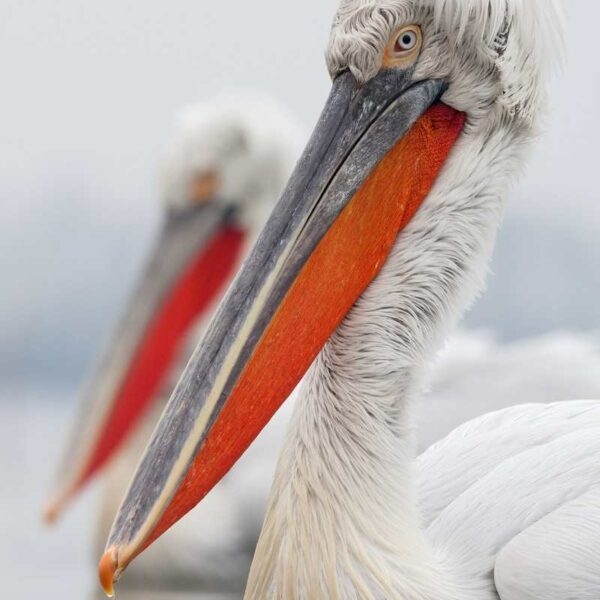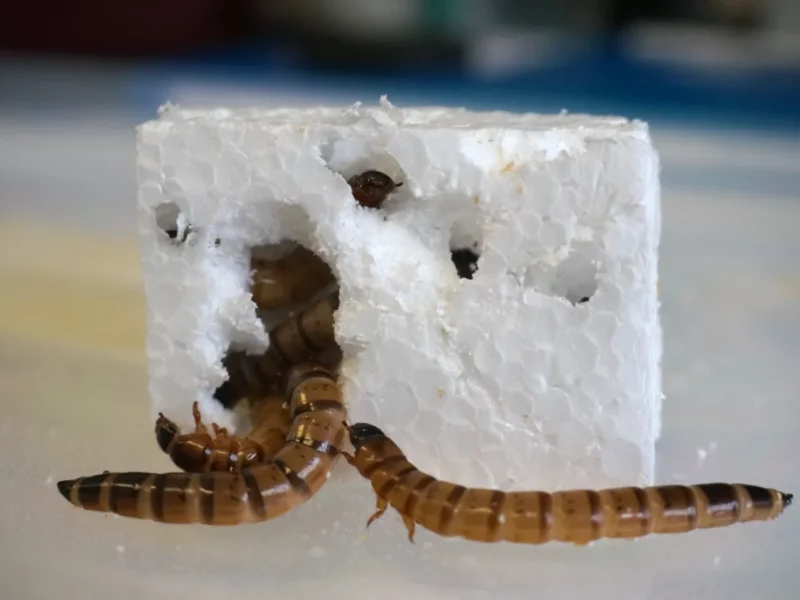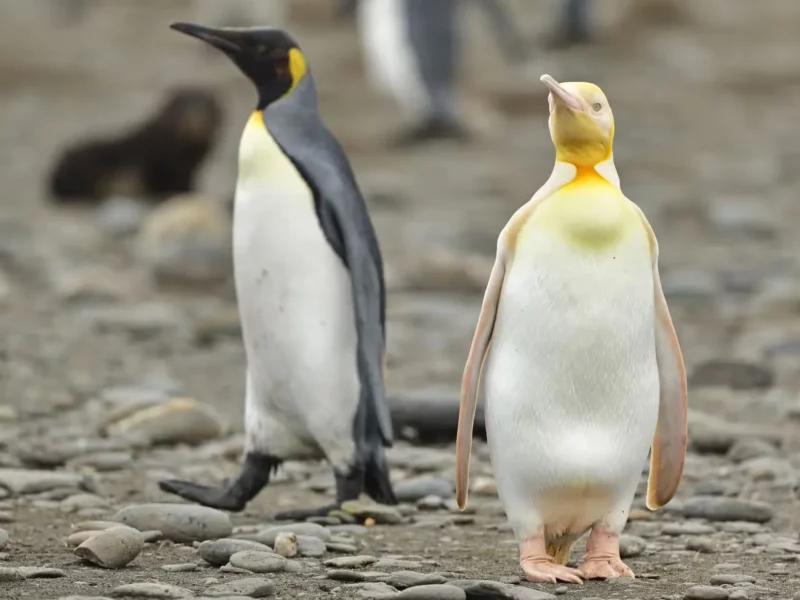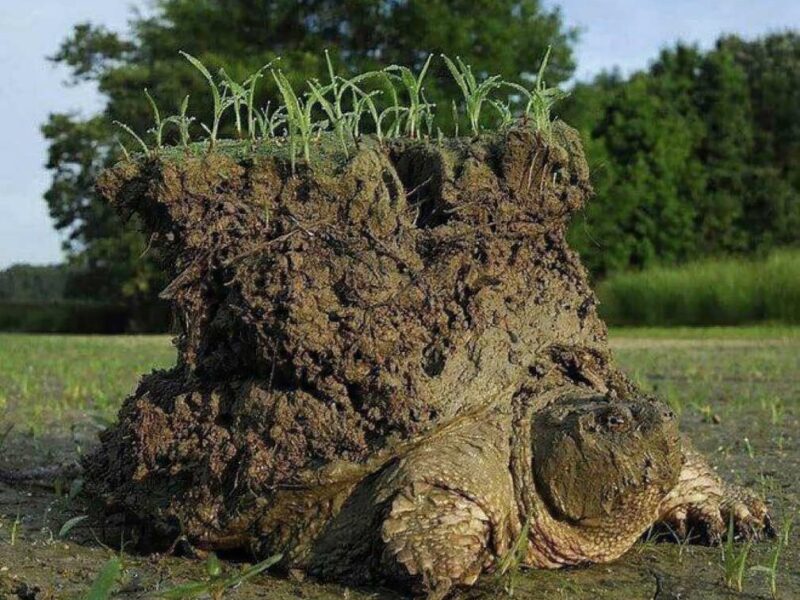
The blue-footed booby, an enchanting seabird native to the eastern Pacific Ocean, captures the imagination with its distinctive features and captivating behaviors. Renowned for its vibrant azure webbed feet, grayish-blue beak, and striking brown and white plumage, this bird bears a name that hints at its endearing clumsiness on land—the Spanish word “booby” translating to “stupid” or “clown.”
Males display their feet in an elaborate mating ritual by lifting them up and down while strutting before the female. The female is slightly larger than the male and can measure up to 90 cm (35 in) long with a wingspan up to 1.5 m (5 ft). Beneath its seemingly comical demeanor lies a skilled hunter that fearlessly dives from heights of up to 80 feet to catch its prey, showcasing remarkable agility in its natural habitat.
The blue-footed booby breathes through the corners of its mouth, a unique feature attributed to permanently closed nostrils. The bird’s neck and head are adorned with brown feathers adorned with white streaks, creating an exquisite pattern, while its belly and underside exhibit a pristine display of pure white plumage.
The blue-footed booby usually lays one to three eggs at a time. The species practices asynchronous hatching, in contrast to many other species whereby incubation begins when the last egg is laid and all chicks hatch together. This results in a growth inequality and size disparity between siblings, leading to facultative siblicide in times of food scarcity. This makes the blue-footed booby an important model for studying parent–offspring conflict and sibling rivalry.
The blue-footed booby is found in tropical and subtropical regions of the eastern Pacific Ocean, gracing locations such as the Galápagos Islands, Peru, and Mexico 1. Its presence in these diverse ecosystems highlights the adaptability of the blue-footed booby, making it a symbol of resilience and survival in the face of environmental challenges.
Text credit: Earth Unreal





